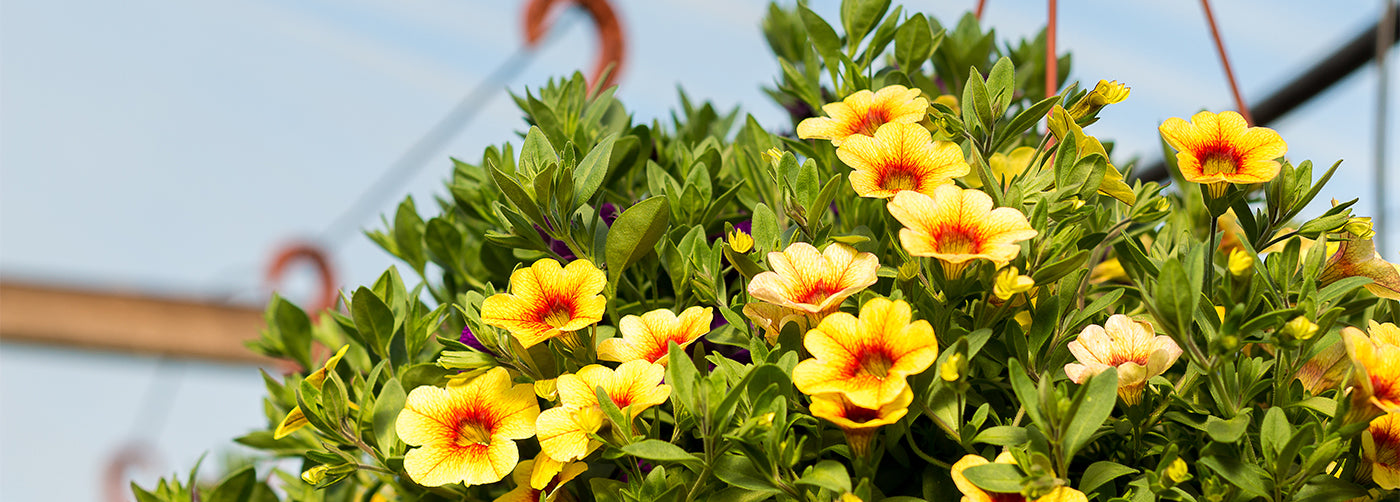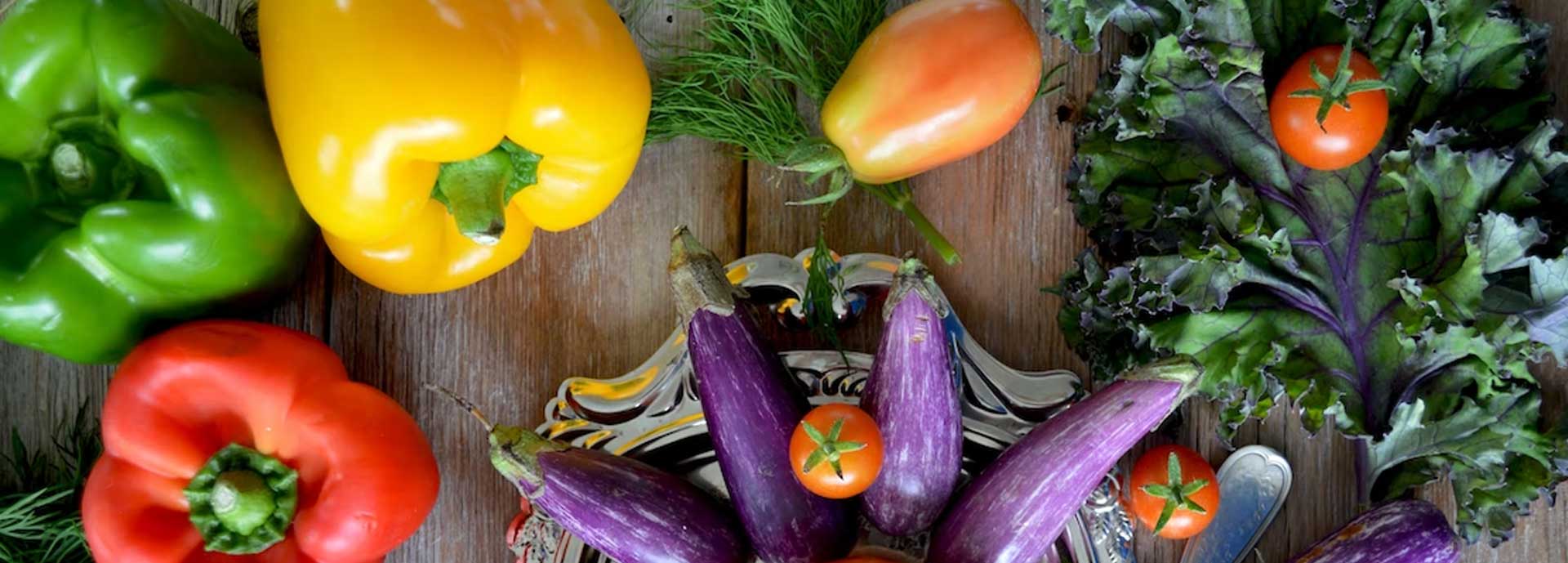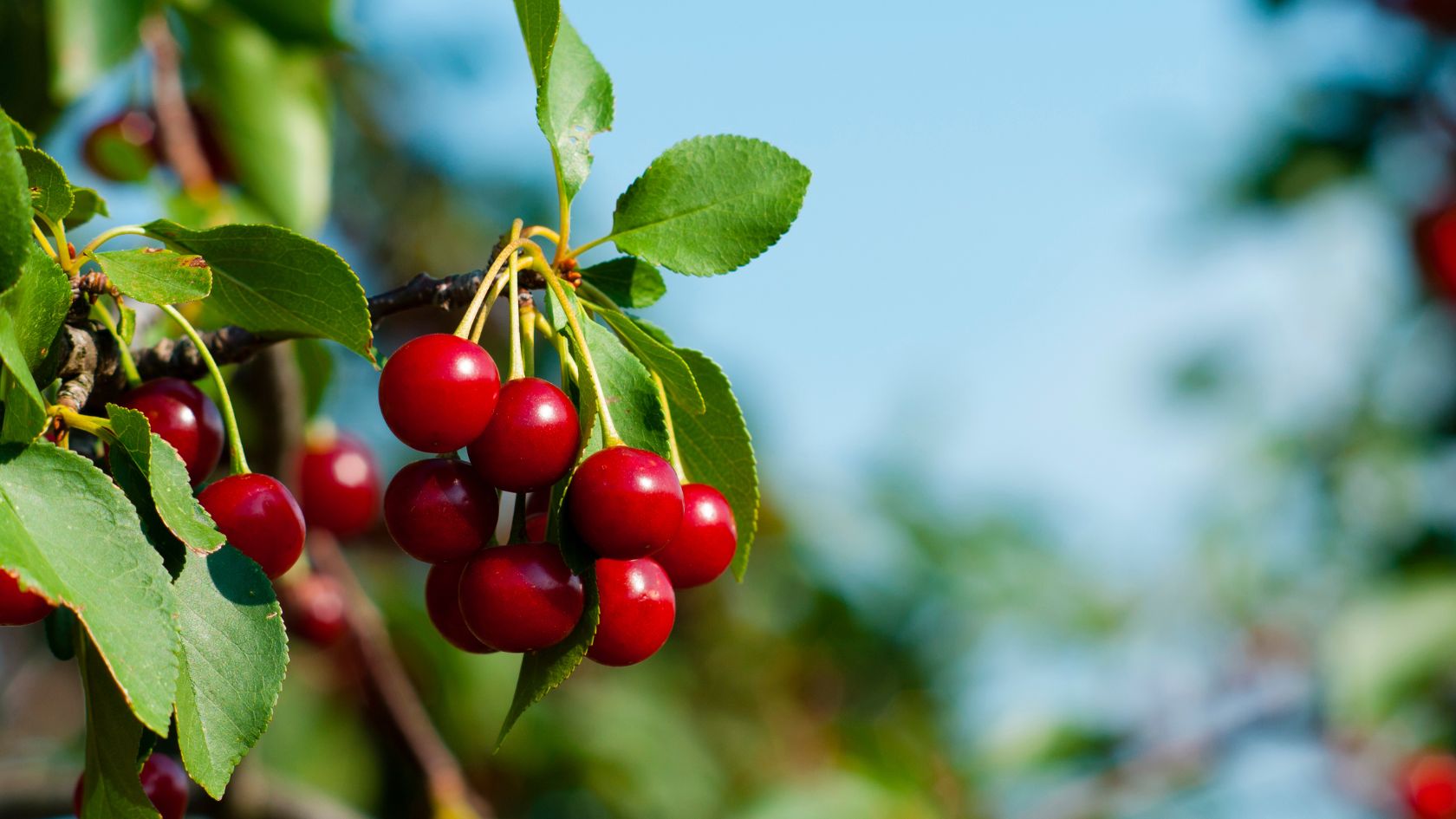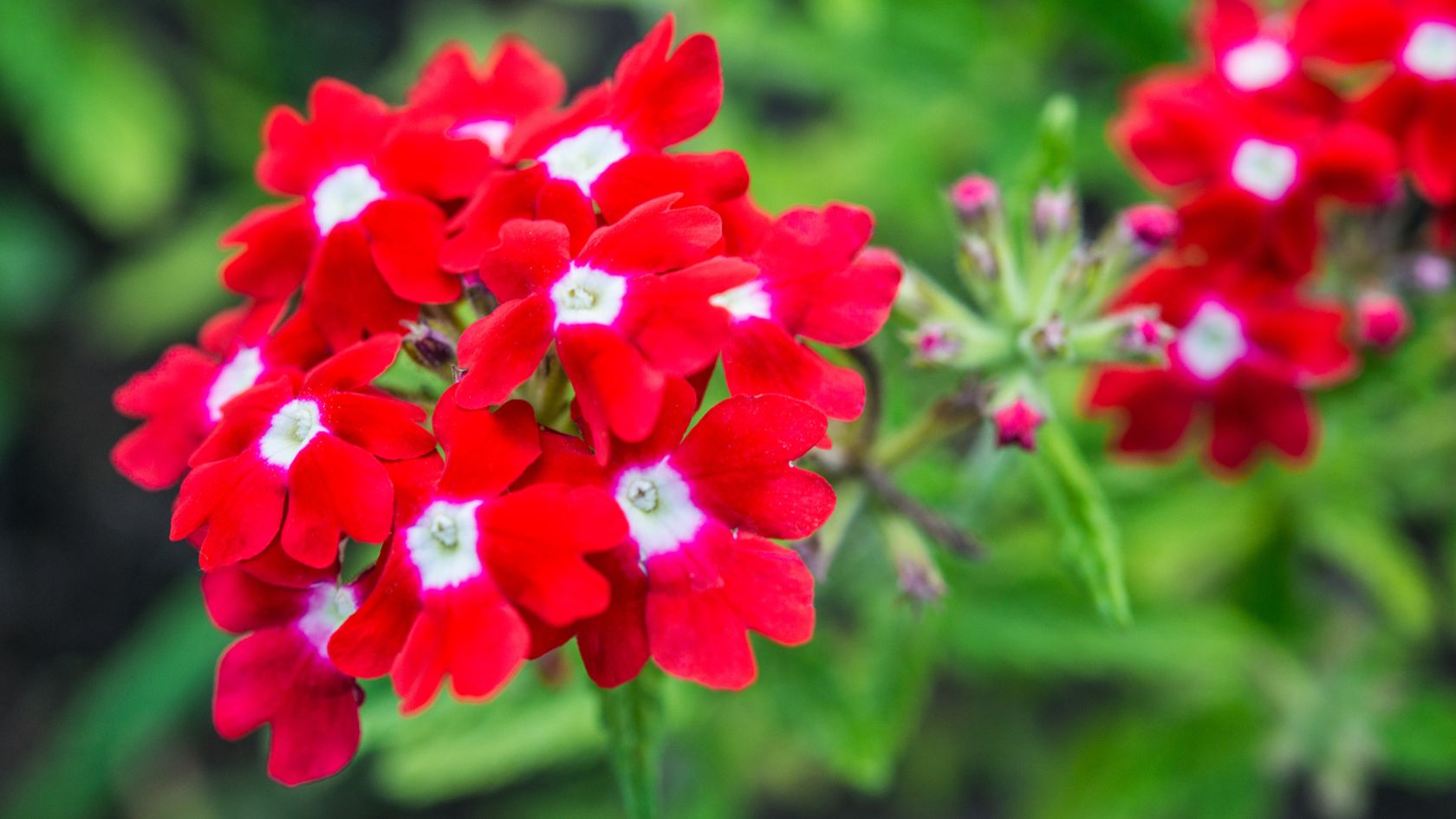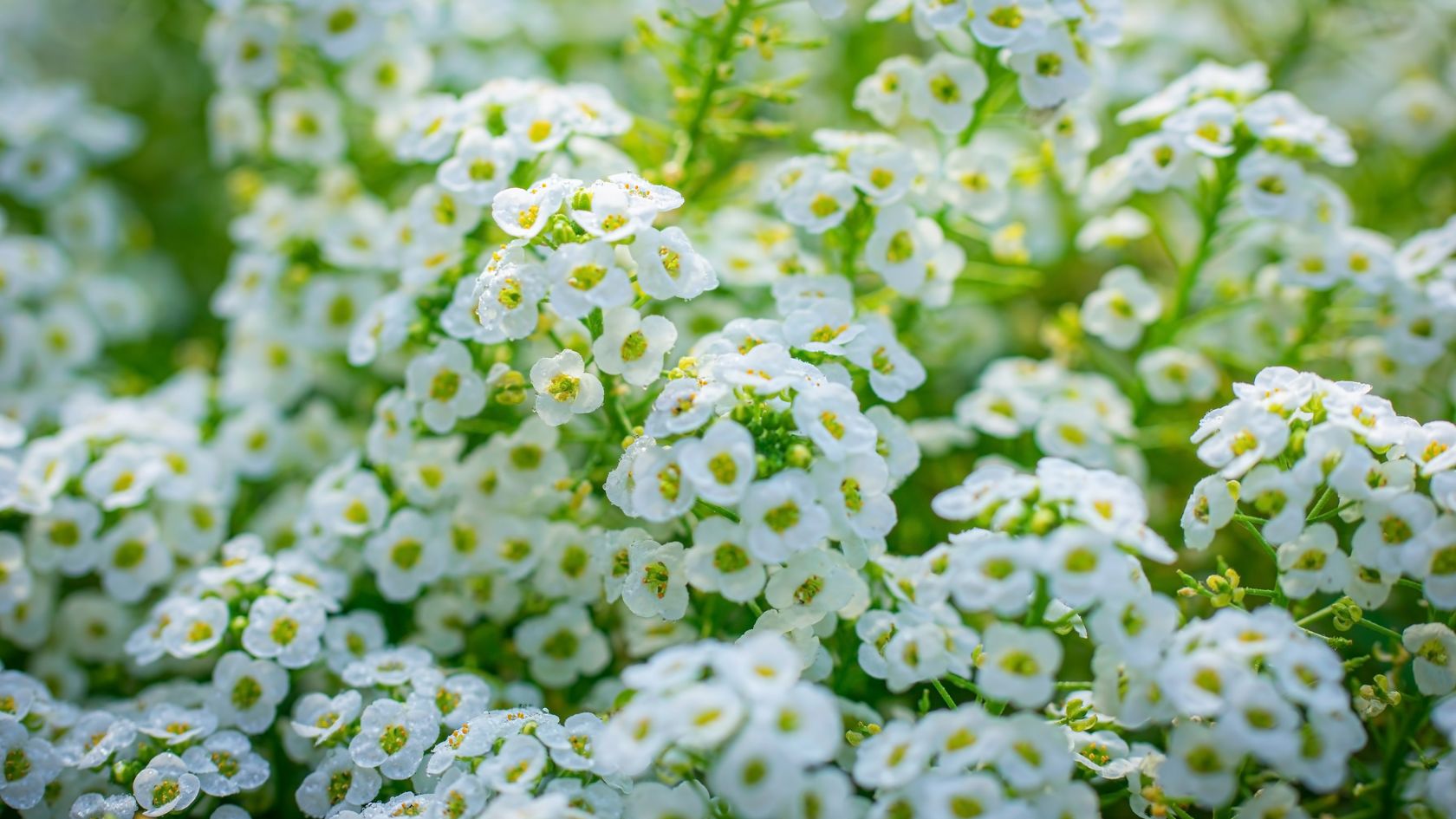Tomatoes are a staple in many gardens, thanks to their vibrant colors, juicy flesh, and versatile culinary applications. Among the popular varieties, cherry, roma, and grape tomatoes stand out for their unique characteristics and flavors. To ensure a bountiful harvest and healthy plants, gardeners must provide these tomato varieties with proper care. Let’s delve into the essential aspects of cultivating cherry, roma, and grape tomatoes, offering valuable tips and tricks to make your heart bloom with joy.
- Selecting the Right Location: Tomatoes thrive in full sunlight, so choose a location in your garden that receives at least six to eight hours of direct sunlight per day. Ensure the soil is well-drained and fertile, as tomatoes prefer nutrient-rich environments. Raised beds or containers can be excellent alternatives for gardeners with limited space.
- Preparing the Soil: Before planting, prepare the soil by incorporating organic matter such as compost or well-rotted manure. This enriches the soil, improves drainage, and enhances its ability to retain moisture. Tomatoes require a slightly acidic soil pH level between 6.0 and 6.8 for optimal growth.
- Planting and Spacing: When planting tomato seedlings, dig a hole deep enough to bury the stem up to the first set of leaves. This encourages the development of additional roots along the buried stem, leading to stronger plants. Space the seedlings according to the variety's recommendations, generally around 18-24 inches apart, to allow air circulation and minimize disease spread.
- Watering: Tomatoes have moderate water needs, requiring approximately 1-1.5 inches of water per week. Water the plants deeply at the base, avoiding overhead watering, which can increase the risk of diseases. To conserve moisture and prevent weeds, apply a layer of organic mulch around the plants, leaving a gap around the stem to prevent rot.
- Supporting and Pruning: Cherry, roma, and grape tomatoes often benefit from staking or caging. Use stakes or cages at the time of planting to provide support for the plants as they grow. Additionally, regular pruning is essential to maintain good airflow and reduce the risk of diseases. Remove the suckers (the small shoots that develop between the main stem and branches) to focus the plant's energy on fruit production.
- Fertilizing: Tomatoes are heavy feeders, so regular fertilization is vital for robust growth and abundant yields. Begin by incorporating a balanced organic fertilizer into the soil at planting time. As the plants mature, feed them every few weeks with a side dressing of compost, well-balanced granular fertilizer, or a water-soluble fertilizer specifically formulated for tomatoes.
- Pest and Disease Management: Protecting your tomato plants from pests and diseases is crucial. Regularly inspect the plants for common pests such as aphids, tomato hornworms, and whiteflies. Consider using organic pest control methods, like neem oil or insecticidal soaps, to combat infestations. To prevent diseases like blight, rotate your tomato crop annually and avoid overhead watering.
- Harvesting: One of the joys of growing cherry, roma, and grape tomatoes is the abundant harvest. Monitor your plants regularly and harvest the fruits when they are fully ripe but still firm. Gently twist or cut the tomatoes from the vine to avoid damaging the plant. These tomatoes are ideal for fresh eating, salads, and roasting, providing a burst of flavor in every bite.
Caring for cherry, roma, and grape tomatoes requires attention to detail, but the rewards are undoubtedly worth it. With proper care, these varieties will thrive, delighting you with their plump, juicy fruits. Remember to provide them with ample sunlight, nutrient-rich soil, and regular watering. By staking, pruning, and fertilizing, you'll ensure vigorous growth and a bountiful harvest. With diligent pest and disease management, you'll protect your plants from potential threats. So, roll up your sleeves, get your hands dirty, and enjoy the journey of nurturing these delightful tomato varieties in your garden.




